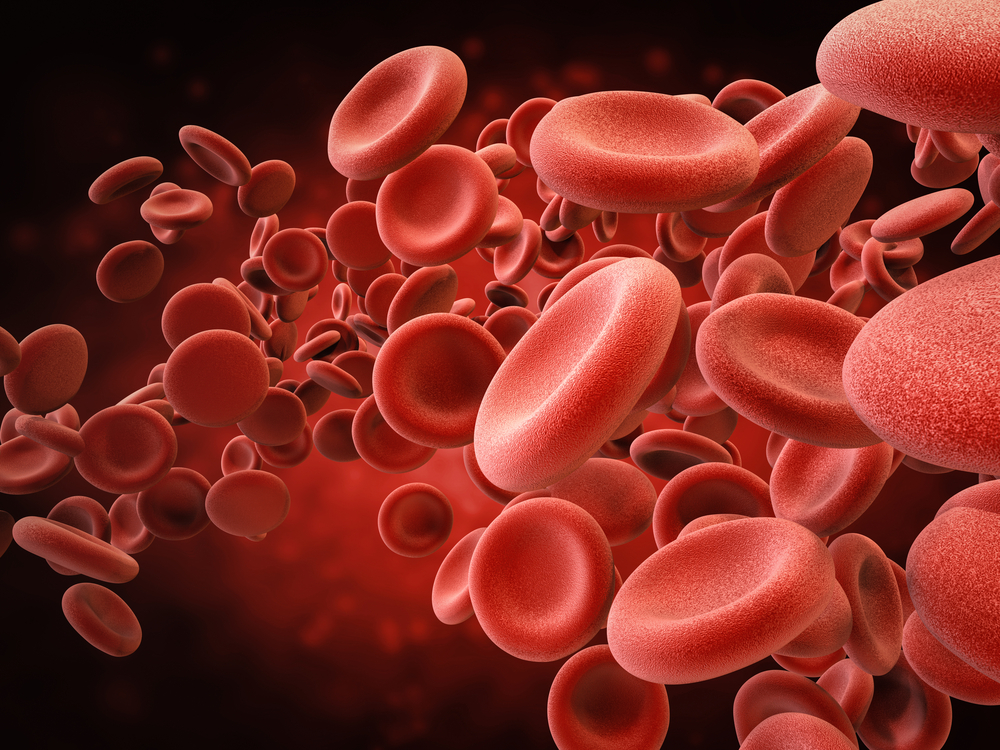Blood Vessel Cell Junctions Play a Key Role in Sjogren’s Syndrome, Study Suggests

The disruption of the junctions that keep blood vessel cells tightly attached may contribute to the lack of saliva and the high infiltration of immune cells in the salivary glands in Sjogren’s syndrome, a mouse study suggests.
The study, “Disruption of endothelial barrier function is linked with hyposecretion and lymphocytic infiltration in salivary glands of Sjögren’s syndrome,” conducted by researchers at the Peking University School and Hospital of Stomatology in Beijing, was published in Biochimica et Biophysica Acta (BBA) – Molecular Basis of Disease.
Sjogren’s syndrome is a chronic autoimmune disease characterized by an abnormal infiltration and accumulation of immune cells inside some glands, leading to tissue inflammation and eventually irreparable damage.
The most common targets of the disease are the glands producing saliva and tears, and in many cases, patients experience dry eyes and dry mouth.
The production of saliva also relies on basic components that are transported in the blood and, consequently, on the permeability of blood vessels — the ability of blood vessels to allow substances to pass through them.
This is controlled by structures on the surface of cells from the blood vessel walls (endothelial cells) that enable them to remain tightly attached to each other, called endothelial tight junctions (TJs).
Although previous studies suggested that TJs can suffer significant alterations in the context of inflammation, so far it’s been unknown whether these structures could play a role in the development of Sjogren’s syndrome.
In this study, researchers analyzed the structure and function of endothelial TJs in the submandibular glands (SMGs) of mice with Sjogren’s using transmission electron microscopy and the paracellular permeability assay, respectively.
For the paracellular permeability assay, investigators injected a fluorescent molecule into the mice’s blood and imaged the SMGs under a microscope to detect the amount of fluorescent dye that managed to pass through the blood vessels into the submandibular glands.
The team also performed another technique called adoptive lymphocyte transfer, where they injected fluorescent lymphocytes — a kind of immune cell — into the blood and followed them as they infiltrated into the tissues.
At the same time, investigators monitored the distribution and levels of claudin-5, one of the main components of endothelial TJs.
First, they found that the production and secretion of saliva gradually decreased as lymphocyte infiltration increased in the SMGs of mice ages 12 and 21 weeks. This did not occur in younger mice that were 7 weeks old.
Morphologically, blood vessels were dilated and the width of endothelial TJs was abnormally increased. While the levels of claudin-5 were higher — suggesting stronger tight junctions — researchers actually found that the molecule suffered a relocalization, resulting in increased permeability.
The modifications in expression levels and distribution of claudin-5 were also present in samples of labial salivary glands and bilateral parotid glands from Sjogren’s syndrome patients, confirming the previous findings obtained in aging mice.
These findings suggest that the disruption of endothelial TJs — potentially caused by the abnormal expression levels and redistribution of claudin-5 — contributes to lymphocyte infiltration and low salivary secretion in animal models and patients with Sjogren’s syndrome.
“Our findings provide new insights into [Sjogren’s syndrome] pathogenesis that involves the great importance of endothelial TJ barrier in hyposecretion,” the investigators wrote.






